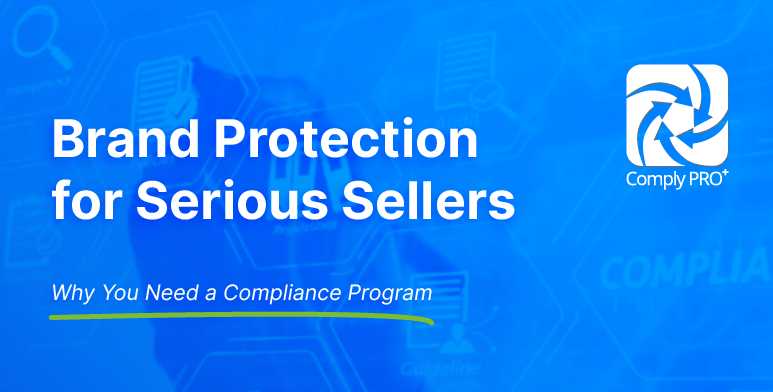
by Bill Jacoby | Jul 26, 2023 | Insights
Most Amazon sellers I have dealt with over the last thirteen years contact me to fix an issue with a test report, rejection of a certificate, or supporting documentation or to identify regulations needed to develop and launch a new product. When I ask them if they...

by Bill Jacoby | Apr 22, 2023 | Insights
Be Trade Show Sales Ready Whether you are a manufacturer or Amazon Seller, product safety compliance is essential for any business selling products in today’s competitive markets. A comprehensive product safety compliance program can help protect brands, reduce...




